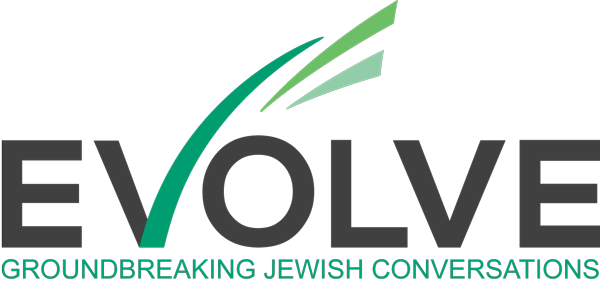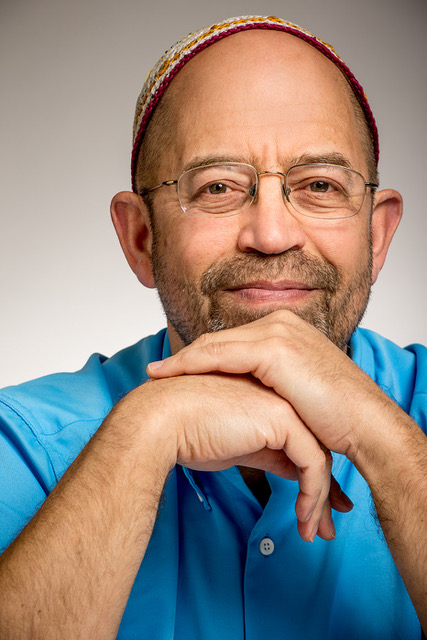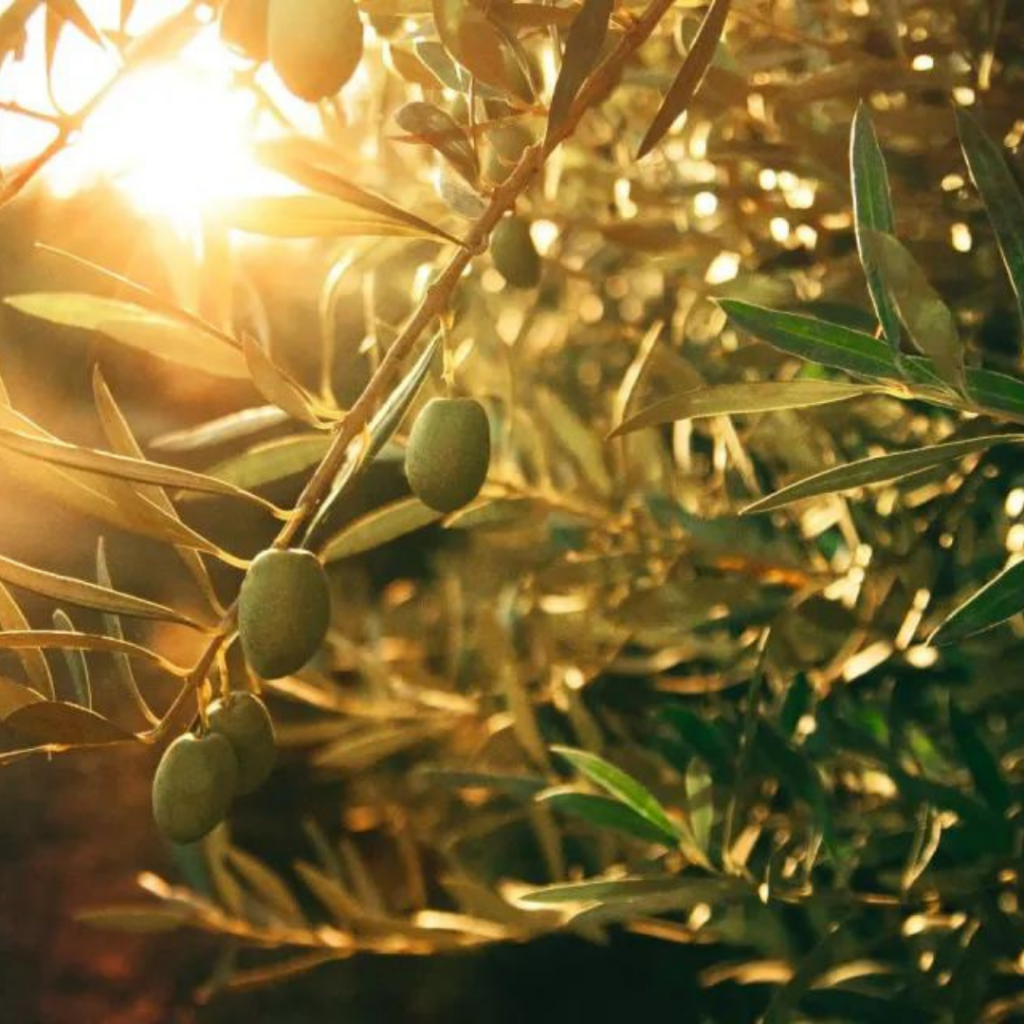“Connections are made slowly, sometimes they grow underground … .”
— Marge Piercy, quoted in Kol Haneshamah: Limot Hol/Daily Prayer Book
“Community” is a term so broad that it can be difficult to define. It can refer to a group of people with shared interests, such as “the scientific community” or a “Facebook community.” It can refer to a very vague sense of shared proximity, such as “the international community.” But when a person expresses that they are longing for community or a sense of community in their life, the term is clearly referring to something more than proximity to or shared interests with others. When we long for community, we are looking for a group with whom we can embed ourselves, a group in which participation comes with the understanding that we are, at least in some measure, responsible for each other’s well-being.
For me, a true community is one in which members share that understanding of mutual concern and obligation. Our American culture famously values individual freedoms over mutual obligations. Those seeking community have to override American cultural conditioning and sacrifice some personal autonomy in favor of communal norms. This is easier said than done, because investing oneself in a community does not necessarily bring immediate gratification or quantifiable results. In fact, it can take many years before one might sense that the investment has been worthwhile. The reason for this is that a true community is based on meaningful relationships, and meaningful relationships develop organically, over time. Patience is required, as well as a long view — two attributes that are lacking now more than ever in our frantic, attention-seeking world.
Jewish values are fundamentally community-oriented. Belonging to and investing in a Jewish community in this sense is countercultural. Embracing Jewish values can retrain us over time to subsume some of our own immediate desires in favor of the more diffuse but deeply enriching rewards of belonging to a real community.
We cultivated relationships, nourishing the soil, creating a fertile bed that would nourish and deepen our connections to one another.
This has certainly been my experience. I served as the rabbi of the Woodstock Jewish Congregation (WJC) in Woodstock, N.Y., for 34 years. When I arrived as a very part-time student rabbi in 1988, the congregation was only two years old, and I was their first rabbinic leader. There had never been a synagogue in Woodstock before, and so the WJC was the catchment for anyone in the area who was seeking a Jewish connection. Our shared Jewish heritage provided us with some “ethnic glue” that drew us together — foods and holidays, a sense of Jewishness —but we were not yet a community. We were more like a club or a shared-interest group of people who liked to do Jewish things together. Very few of our members were deeply knowledgeable about Jewish teachings or practices.
We did, however, have a committed core who were willing to make the synagogue their primary community. We formed a “Caring Committee,” whose members reached out to congregants who were ailing or in need. But at every service and class I led — and I mean every single one — I would pause and remind people that as a group, figuratively speaking, we were all the welcoming committee, and as such, we needed to greet one another and learn one another’s names. Initially, I referred to these efforts in the conventional language of “building a community.” But over time, I realized that was not the best metaphor; when you build something, it is quantifiable, and you can see and measure the results of your progress. I found gardening to be a better analog: We were cultivating relationships, nourishing the soil, creating a fertile bed that would nourish and deepen our connections to one another. It was not a linear process; it was cyclical and seasonal. Most of the progress was unseen, like a root system intertwining our separate lives, small acts of kindness being stored like hidden nutrients during the fallow winter, building reserves of mutual concern and goodwill. It took time to cultivate a fertile garden. It took years. Decades, in fact.
One way we could track our growth was in the number of congregants who would attend bar and bat mitzvah, and baby-naming ceremonies. At first, congregants who were not among the invited guests would make a point of not attending, not wanting to intrude on the family’s special occasion. I explained countless times that the purpose of a baby-naming ceremony was precisely to welcome the newborn into our Jewish community, and that the purpose of the bar and bat mitzvah was precisely to welcome the young adult into our Jewish community. I explained to the families that by joining the synagogue, they were not mere consumers, paying for services received; they were joining a community. The more they invested of themselves into the community, the more benefit they and their children would receive. We insisted that, if they could afford it, families provide a tasty kiddush to the congregation on the day of their simkhah. Slowly, slowly, the “regulars” at services started to attend the rites of passage. Slowly, slowly, the kids on the bimah became “our kids,” and the family’s joy became our joy.
Small acts of kindness were stored like hidden nutrients during the fallow winter, building reserves of mutual concern and goodwill.
The most visible and dramatic moments of community growth happened, ironically, when members would be sitting shiva after a death in their family. In Jewish practice, it is a great mitzvah to visit a community member when they have lost a loved one, and to bring food and to offer your condolences. They don’t have to be part of your friendship circle, just part of your community. But our members hesitated to pay these condolence calls for fear that they were “intruding.” Over time, we developed what we called our Hesed Circle — volunteers who were eager to purchase and plate food and set up the condolence meal at the mourners’ house while the mourners were at the cemetery. The hesed volunteers would then serve food, make sure there was a minyan for prayers and then clean up, so that the mourners did not have to worry about hosting. The grieving family was invariably astonished by this outpouring of kindness from virtual strangers. Again and again, the mourners would say, “I want to do this for someone else. How do I join?” And our sense of community would grow.
For those who grew up in or belong to more established Jewish communities, these insights are self-evident. But when I arrived in Woodstock, I encountered a fairly random assortment of Jews who were yearning for a Jewish community, but mostly had no grasp of the commitment they would need to make to each other in order to manifest that yearning.
Ours was a remedial learning process. We had to shift away from our individualistic priorities and reclaim Judaism’s imperative that we are responsible for one another. We adopted a Hebrew name, Kehillat Lev Shalem — the “Congregation of a Full Heart” — and did our best to live up to that title. It is one of the deepest satisfactions of my life that I was able to help cultivate a Jewish community where one had not existed before.
